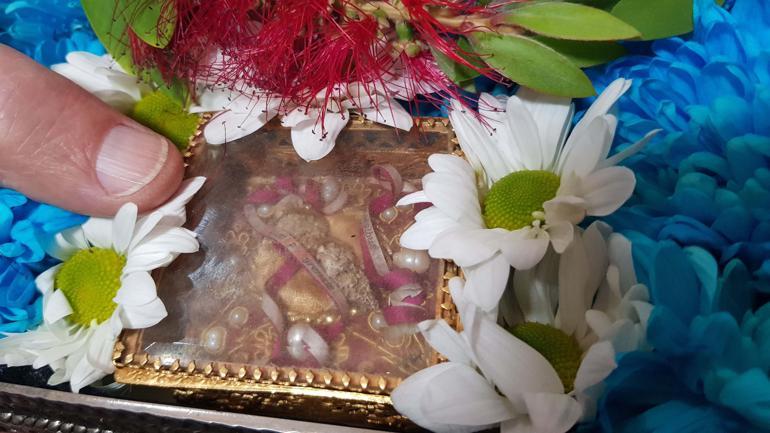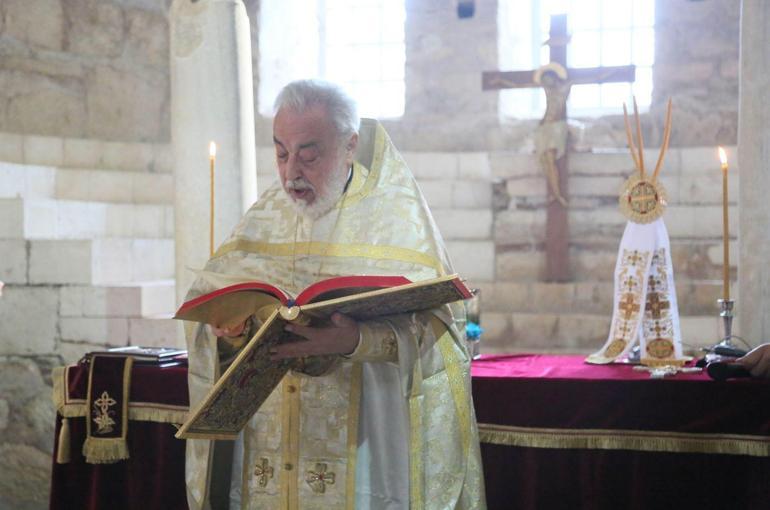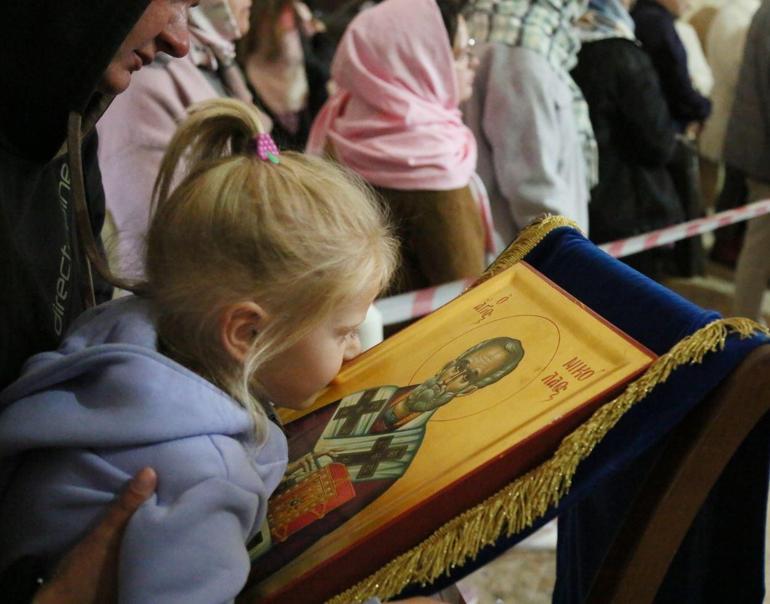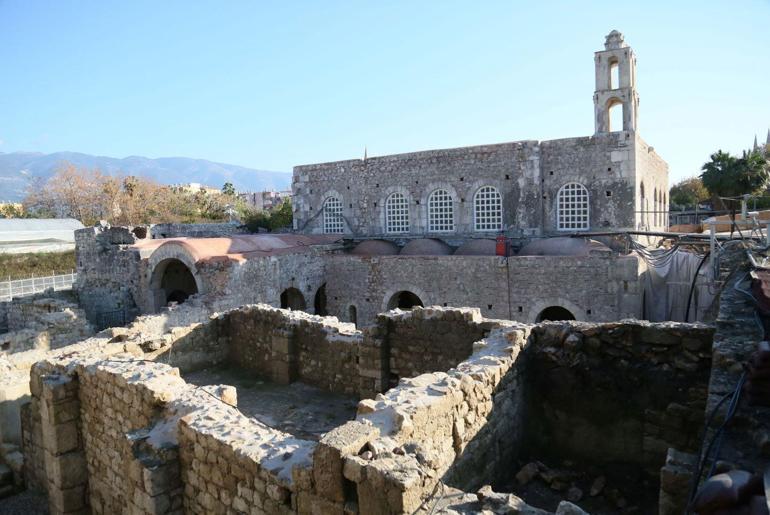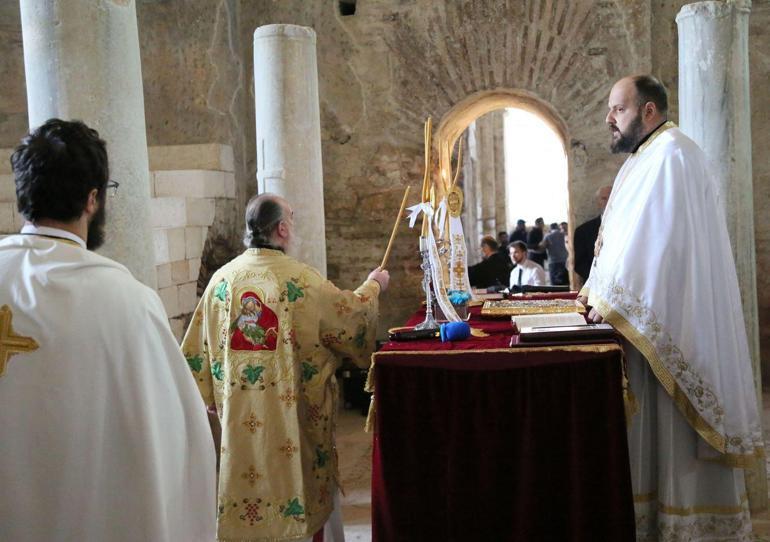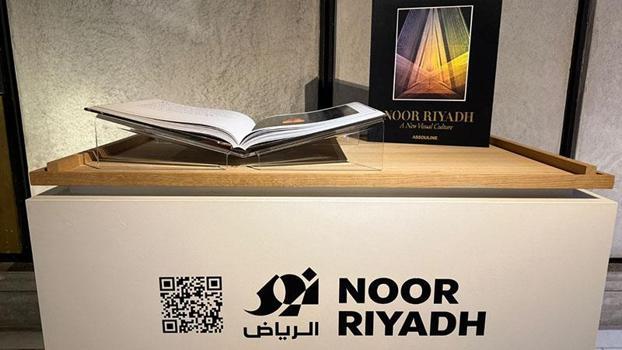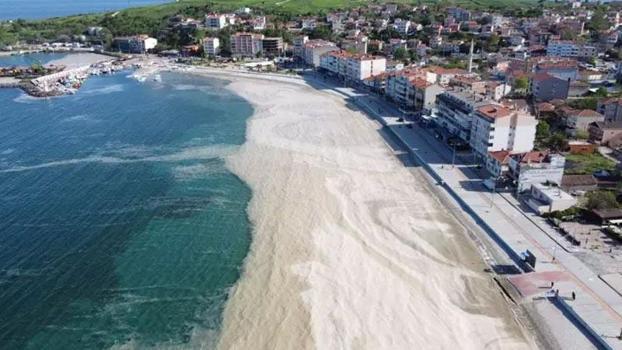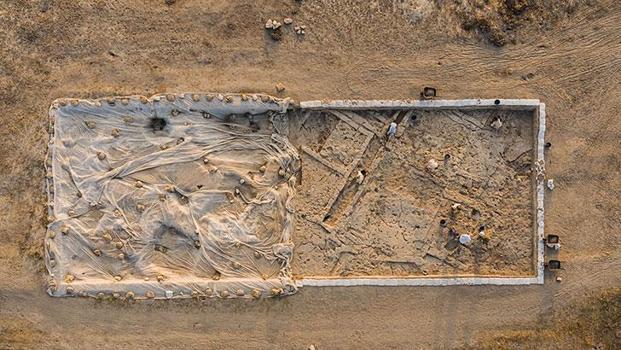Saint Nicholas, known as 'Santa Claus', was commemorated with mass
Saint Nicholas, known as 'Santa Claus', was commemorated on the 1679th anniversary of his death with a mass in the St. Nicholas Memorial Museum, which was a church for centuries. The bone fragment, which was belong to St. Nicholas, was also brought to the mass in a special box. The mass is held at the St. Nicholas Memorial Museum in Demre, Antalya on December 6, which is considered the death anniversary of St. Nicholas.
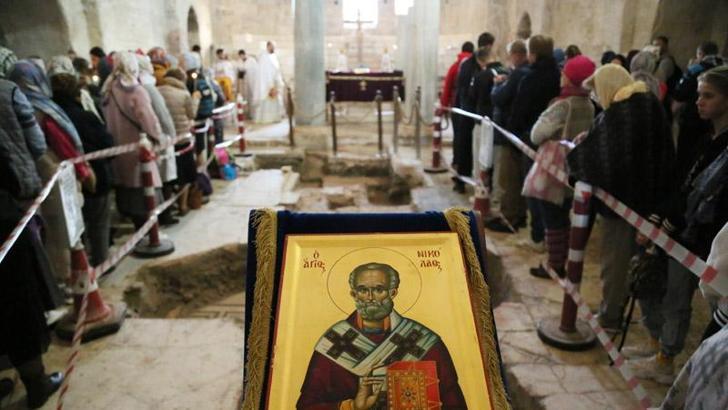
More than 500 people, mostly Orthodox and Russian citizens, attended the mass led by Demre Metropolitan Hrisostomos Kalayci from the Fener Greek Patriarchate, as well as many clergies from the Istanbul Fener Greek Patriarchate, Antalya, Greece, Russia, and other countries.
As the Metropolitan of Demre he is responsible for the congregation religiously, Hrisostomos Kalayci said "I guide the worship of Christians here and help them. This church is actually the burial place of St. Nicholas since the 3rd century. People who believed in him would gather around it and pray. It became a small chapel, then layer upon layer it became a church in the 4th century, a larger one was built in the 7th century, and a larger one was built in the 12th. We have been performing this mass for 30-35 years."
Kalayci said the term 'Santa Claus' for St. Nicholas is a misrepresentation of the US beverage brand and added that “St. Nicholas was born in Patara and served as a bishop here, so he spent his entire career here. He was in charge of here and the whole country. He was a beloved saint to people. Many sailors today believe that he also protects the sea. Because it is considered to be the helper of those who has a difficult time at sea.”
Metropolitan of Demre explained the bone fragments as “The bone in the medallion given to me is the gift of the last Tsar. It was sent to me when I became metropolitan, It was from the Austrian Empire period.”

